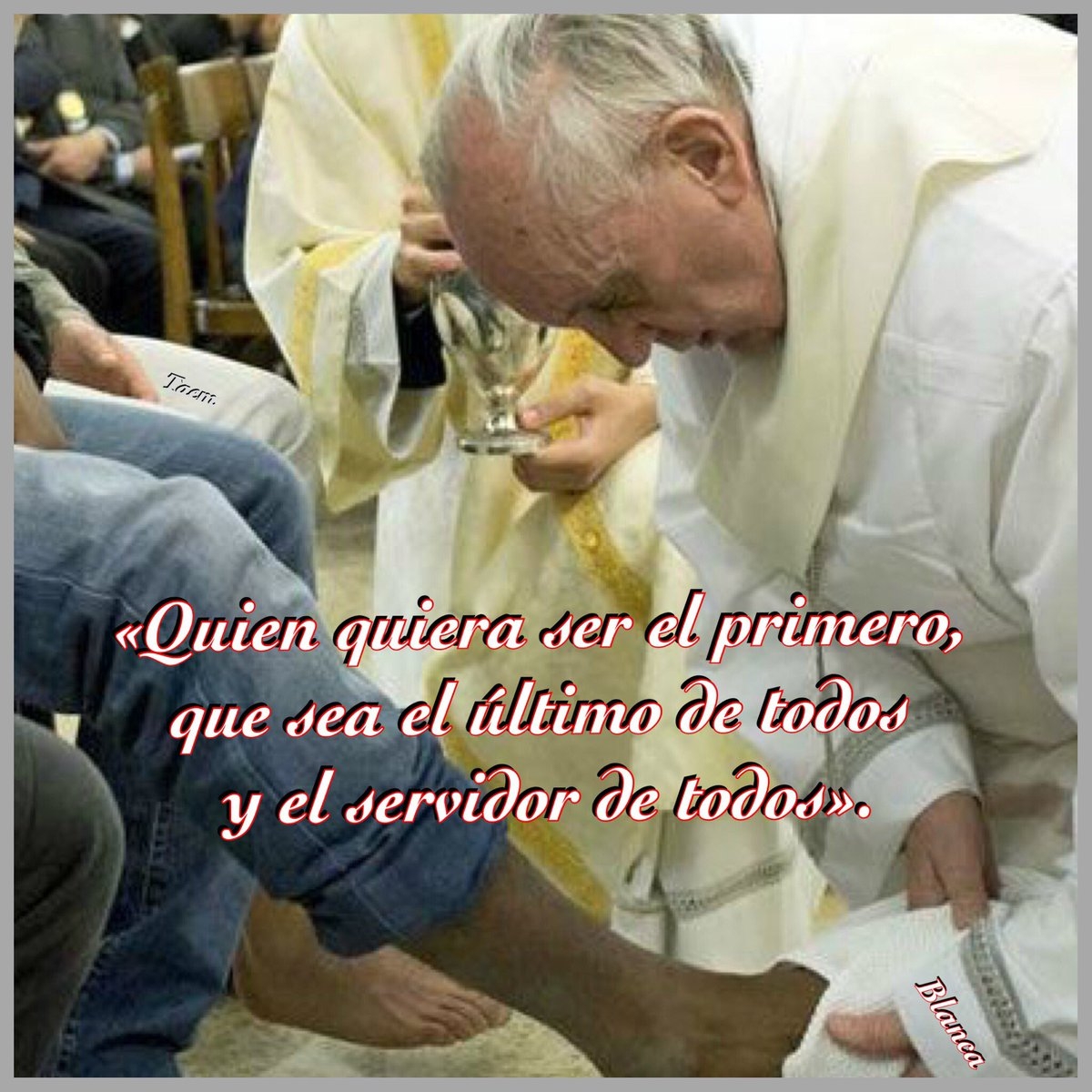These reflections are a result of more than 40 years of ministry as a Roman Catholic priest. Most of these years I spent in the Diocese of Charlotte which covers Western North Carolina. Now I am retired, and live in Medellín, Colombia where I continue to serve as a priest in the Archdiocese of Medellín.

As Jesus passed by, he saw a man named Matthew sitting at the customs post.
He said to him, “Follow me.” And he got up and followed him.
While he was at table in his house, many tax collectors and sinners came
and sat with Jesus and his disciples. The Pharisees saw this and said to his disciples,
“Why does your teacher eat with tax collectors and sinners?”
He heard this and said, “Those who are well do not need a physician, but the sick do.
Go and learn the meaning of the words, “I desire mercy, not sacrifice.”
I did not come to call the righteous but sinners.” (Mt 9:9-13)
The Call of Matthew gives hope to all of us, especially when Jesus sits at table in Matthew’s home with the tax collectors and sinners. The eating and drinking with sinners is probably the oldest memory the church has of the Eucharist. The good news is that Jesus still invites us to sit at his table. As Pope Francis recently said, he has never refused communion to anyone. Neither has the Lord.

Jesus said to the crowd:
“No one who lights a lamp conceals it with a vessel
or sets it under a bed;
rather, he places it on a lampstand
so that those who enter may see the light. (Lk 8:16-18)
We celebrate today the first martyrs of Korea. Andrew Kim Taegōn was the first native born Korean priest. He was martyred at age 25. Paul Chōng Ha-sang was a catechist. He wrote the first catechism in Korean and was 45 when he gave his life for Christ. There were 103 Korean martyrs canonized together. It is estimated that in the 1800’s between 8,000 to 10,000 were killed for their faith. May their light continue to shine on Korea and the whole world!

They came to Capernaum and, once inside the house,
he began to ask them,
“What were you arguing about on the way?”
But they remained silent.
They had been discussing among themselves on the way
who was the greatest.
Then he sat down, called the Twelve, and said to them,
“If anyone wishes to be first,
he shall be the last of all and the servant of all.” (Mk 9:30-37)
Christian ambition is in us all. No wonder the Lord has to sit himself down and call us around and give us a teaching. Perhaps this is where the most treasured title of the popes comes from: “Servant of the Servants of God.” The caption on today's picture says: "Whoever would be first, must be the last of all and the servant of all" (Mk 9:35).

After saying this, he called out,
“Whoever has ears to hear ought to hear.”
Then his disciples asked him
what the meaning of this parable might be. (Lk 8:4-15)
We shouldn’t be surprised that the church didn’t understand the parables any better than the disciples. But the parables are an essential part of the teaching ministry of Jesus. The church was content to distill a “truth” from the parable and then preach that truth. But the parables are far more complex. They can’t be reduced to some hidden truth. If we allow the parables to be the stories that Jesus told to reveal the mystery of the Kingdom, then we might just be surprised that in the Kingdom the blind see, the lost are found, the poor have seats of honor, and the dead are raised to life. Today Colombia celebrates Día de Amor y Amistad (Day of Love and Friendship); it's Colombia's Saint Valentine's Day!

Jesus journeyed from one town and village to another,
preaching and proclaiming the good news of the Kingdom of God.
Accompanying him were the Twelve
and some women who had been cured of evil spirits and infirmities,
Mary, called Magdalene, from whom seven demons had gone out,
Joanna, the wife of Herod’s steward Chuza,
Susanna, and many others
who provided for them out of their resources. (Lk 8:1-3)
How important are the women disciples of the Lord! How important are the women doctors of the church! Hildegard heard the “voice of the Living Light.”



